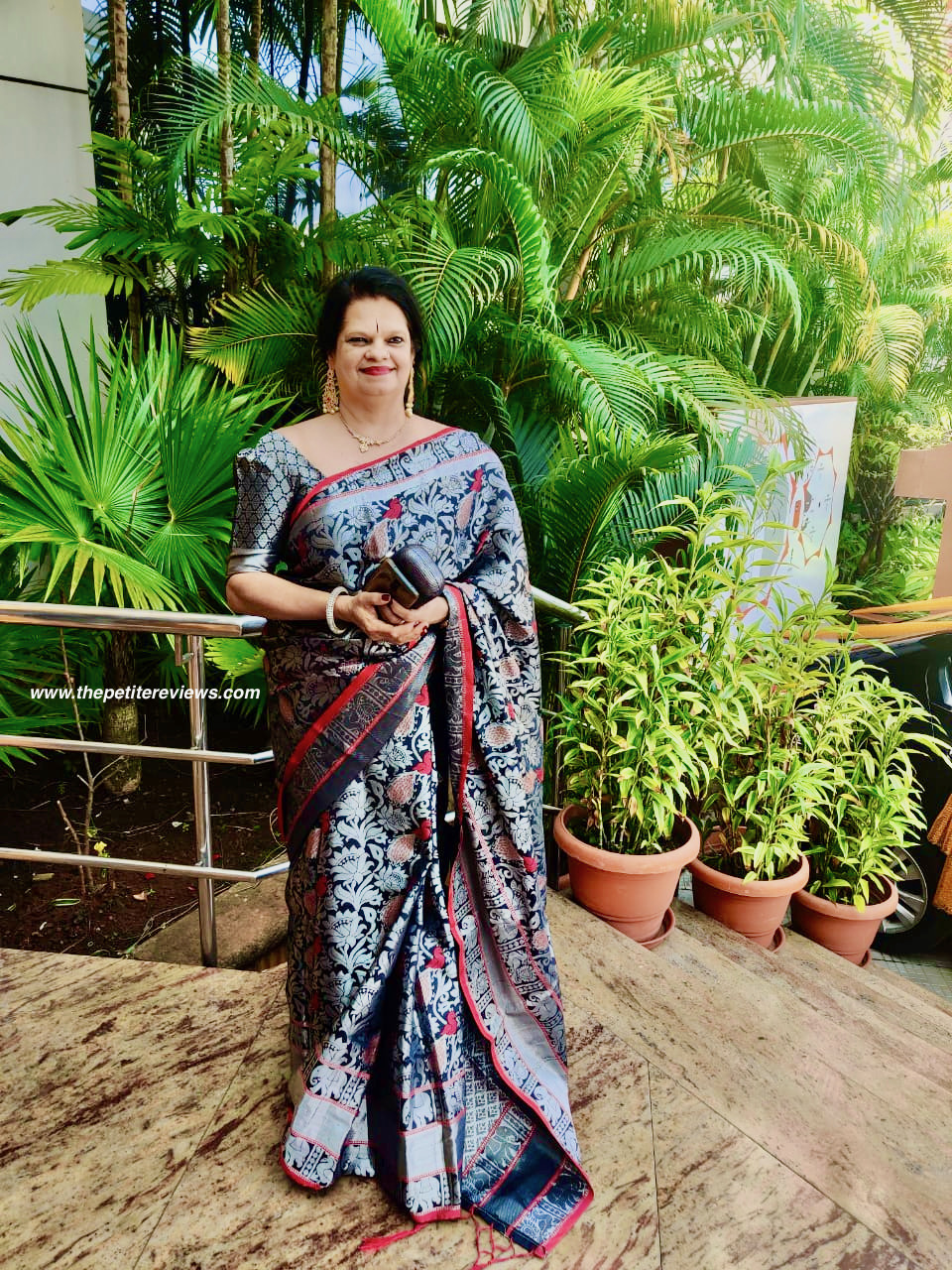Sari or Saree is a symbol of royalty, culture, and femininity. The history of sari hails from the scriptures of the Vedas, to the Indus valley civilization and through the industrial revolution and continues in the 21st century. The same garment is revolutionized over the years. So today let us learn about the Sari.
From history, we have known that a sari is considered Royal because it was worn by the Indian queens with heavy embellishments and jewelry. In todays times, everyone can afford to wear a sari. From Kashmir to Kanya Kumari, the sari is an Indian dress worn by women innumerable styles made from a variety of fabrics depending on the geography and culture.
A sari is not just a garment. It’s a power! It’s an identity! I will go far as to say, it is a language!


Identity of an Indian woman
One may ask what is so special about a sari?
Being a desi girl myself, I’d say a sari is important because it is “my identity of being Indian”.
What does the Sari mean?
The word sari is derived from the Sanskrit word “sati” meaning “strip of cloth”. Every Indian woman is sentimental about the sari. It is considered a luxury to buy a sari; especially a silk sari. Traditionally, it is gifted by mothers to their daughters as a symbol of love and blessing. There isn’t a more beautiful feeling in the world for a daughter to drape her mother’s sari. It’s simply inexpressible.
Globally the Indian sari is acknowledged with respect and is always adored as a beautiful attire. For the record, many Indian Icons have represented themselves globally wearing a Sari. It’s the love for the attire and the culture of our country. Also, no Indian girl can ever say “No” to the magic of sari.

What are the parts of a Sari?
The body of the sari:
The body of the sari forms most part of the 5.5 meters of fabric and is wrapped around the waist and covers the lower body. It is still taboo for many to show the naval, but most women love wearing a sari to show off their curves by pleating the body of the sari neatly and tucking it below the navel. Because hips don’t lie. 😉
The border of the sari:
The border of a sari is a vital part of the fabric. It varies as per the design and material of the fabric. It is that part of the sari which runs throughout the fabric from the beginning to the end.
The pallu:
The most beautiful part of a sari. The pallu is that part of a sari that covers the upper body and acts as a veil to cover our head too called “gunghat” in Hindi. When a sari is being purchased the most important area to be checked is the pallu of the sari. The pallu is highly looked at. It usually has the most beautiful embellishment, design, or motif. The pallu also has an emotional connection. Most mother’s never used a towel to wipe their child’s tears or we all would shy away from meeting people behind our mom’s or grandmom’s pallu as it always felt safe and calm.
The fun fact is women decide the cost of the sari based on the pallu, and most women love to share the price of a sari among their peers and make others envious.


What does a Sari symbolizes?
Sari means and symbolizes many things. Let us Learn about the Sari and what each letter symbolizes for me.
S-symbol of style:
The revolution of the sari is fascinating. It was first worn with traditional dyes and made of cotton, and draped by women without a blouse. Over the years and with the advent of industry and synthetic dyes a sari was made in several colors and several fabrics. Today every woman definitely owns a sari be it silk, cotton, or chiffon. It is definitely a symbol of style and elegance.
A- aesthetic:
it means concerned with beauty. A sari is beautifully created and wearing it enhances a woman’s beauty. It is worn as a modesty. The sari is draped in several ways; the main purpose is to cover the body from head to toe.
R-reliable:
Women always find it a big task to decide what to wear for any big occasion. With the variety of fashionable clothes available in the market, it’s often difficult to choose. But a sari is the most reliable drape of all. One can never go wrong with a sari. Whether it’s a wedding, a date, or a casual or formal meeting, just wear a sari. It’s both dramatic & dynamic. It is also reliable because the fabric lasts really long and is always valued for money.
I- Indian:
I repeat it several times a sari is so “Indian”. There are so many varieties of fabric from which a sari is made. To name a few Kanjeevaram from Tamil Nadu, Illkal from Karnataka. Kasavu from Kerala, Pochampally from Telangana, Nauvari from Maharashtra, Bandhani from Gujarat, Banarasi from Varanasi, Chikankari from Lucknow, Phulkari from Punjab, Chanderi from Madhya Pradesh, Tant/ Bengal cotton from West Bengal, Bomkai from Orissa, Muga from Assam. Well, there are many more; that is how beautiful our country is, each region has something versatile and unique.

Conclusion – Feel beautiful always
The sun is hitting on my skin and it’s getting humid indoors. I see my mum in the kitchen ready to cook something for lunch as I write this blog, and she takes the end of her pallu and tucks it to her waist to start to cook. Meanwhile, I cannot resist the aroma from my mum’s kitchen so I’m just going to go off and help my mom with her chores. I hope you all will remember your mothers too, and make sure to buy her a sari and make her feel beautiful. Hope this was informative and helpful to you in unveiling what a sari is and what are the types of saris. If you enjoyed it, consider sharing this post or sharing your feedback in the comments down below.
Hope you enjoyed reading Get Draped in the Indian Sari Saga – Learn about the Sari Read more posts on Body Care here, Facial Care here & Hair Care here.
She is an artist by passion and a tax practitioner by profession. A writer for a living. She follows in simplicity as the way of life. To her style is being comfortable in what you wear.




Comments
Very beautifully written 👌I love your flair for writing 💖fantastic article 👍
Thank you. We really appreciate your feedback.